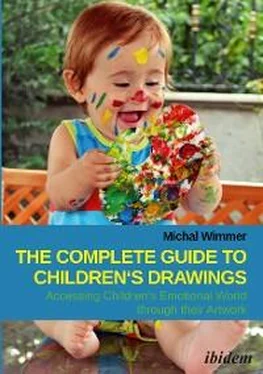Moreover, this period is also characterized by drawing multiple land lines (for example, one at the bottom of the page to designate nearby objects, and another nearer the top to designate distant object) or rounded baselines (to indicate sitting around the table, for example). Usually, the child will refer to the bottom of the page as a baseline, and not turn the page while drawing. In terms of perspective, objects will be drawn in their complete form, and it is rare to see objects hidden by others.
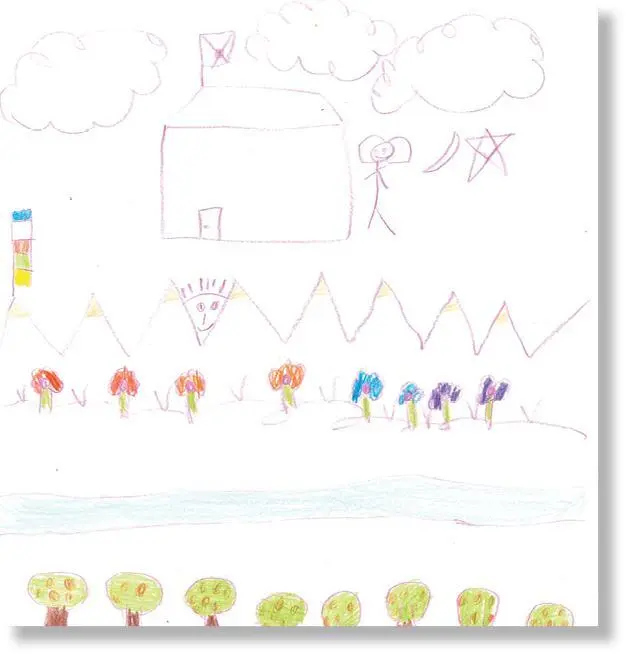
Figure 1-13:Drawing by a Tibetan child with multiple land lines
Multiple land lines are a fascinating phenomenon in drawings by Tibetan children. Despite being in the midst of the schematic stage, well aware of the locations and colors of earth and sky, these children choose to revert to drawing row after row over imaginary land lines.
This style may be affected by the Tibetan prayer wheels, set in a row one next to the other, which represent balance and recurrence which are part of their religious worldview.
At this stage, children still find it difficult to draw figures in profile or in motion, because doing so requires them to ignore schematic characteristics and omit some of the organs (such as a hidden eye, or an arm that is only partly visible while the figure is walking). Instead, they draw “everything that has to be there” by making some organs transparent. Use of colors is also schematic, as children tend to use basic colors rather than shades and combinations. Finally, schematic children attach central importance to the drawing’s subject, and can even engage in a deep conversation about its meanings and the story hidden in the drawing.
Stage 5: Pre-Realistic Stage – Ages 8–11
Pre-realistic children acquire motor skills which enable them to refine their depiction of reality and differentiate objects more accurately. Thus, we see attention to various types of cars or trees, local animals, etc.
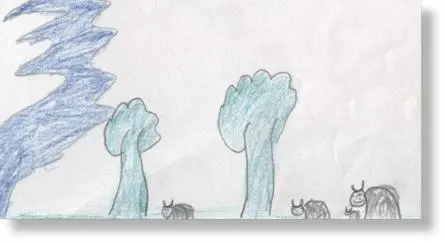
Figure 1-14:Yaks in a typical Tibetan pre-realistic drawing
By this stage, each human figure receives individual attention, with its own typical details and accessories: glasses, buttons, bag, hat, and so on.
In each human figure drawing, the pre-realistic child tries to resolve graphic difficulties such as: How to draw a person lying down? Should I draw all the table legs or only those visible from this angle? How to draw the house interior and exterior at the same time? In most cases, the difficulty is resolved by flattening the image: for example, houses will be drawn as seen in figure 1-15.

Figure 1-15:Typical flattened house drawing
As abstract cognition develops, this flattening tendency will disappear.
Since the pre-realistic child wishes above all to document reality, he is careful to maintain the proportions among the various objects in the drawing.
His subjects combine figures from his intimate world (family drawings) with imaginary and historical drawings (Bible stories), as well as current affairs (war scenes, etc.).
In terms of psychological development, Piaget calls this period the operational stage, in which the child can grasp concepts of preservation (of quantity and weight) and to organize items in groups according to common denominators. Problem solving no longer relies exclusively on trial and error, but also on social rules of conduct, as well as the opinions and emotions of others. The child’s understanding of reversibility (every change in location, form, or order may be reversed) and of hierarchic relations refines his family drawings, to which other groups are added, such as sports teams. Moreover, the child begins to attach several drawings together to represent a continuous plot.
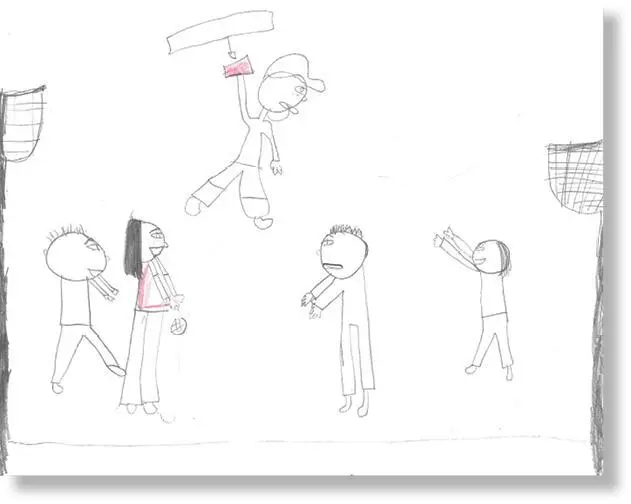
Figure 1-16:Family drawings advance to group drawings
The pre-realistic drawing represents an overall improvement in quality: the child refines his composition and landscaping skills. He draws the same subject repeatedly with improving skills, particularly in terms of his ability to render graphic elements that are unique to specific human figures.
At this stage, children begin to view their drawings as an expression of their self-efficacy. This is why they tend to compare their drawing abilities at these ages.
Stage 6: Realistic Stage – Ages 11–14
At the realistic stage, the child/adolescent is fully aware of his environment and has advanced graphic abilities that enable him to start dealing with depictive difficulties by refining his technical skills, such as games of light and shadow, three dimensions, complex scenarios, shades of color, perspectives, etc.
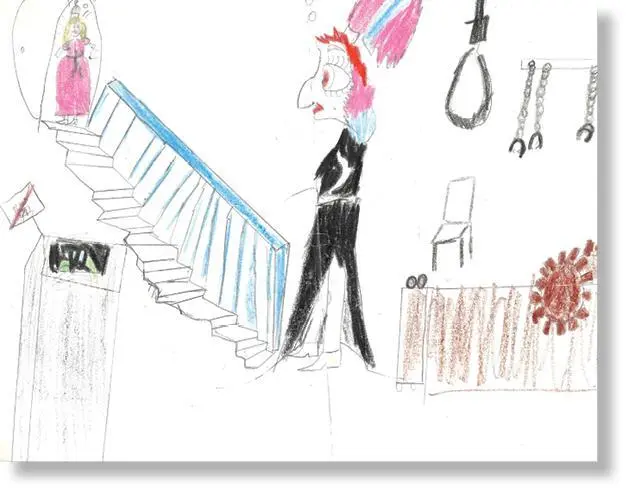
Figure 1-17:Combined techniques indicating improved spatial perception
The subjects become more realistic and less fantastic. The realistic pre-adolescent attaches greater importance to proportions among the various elements, to the point of depicting different shades of color to emphasize their relative locations.
As opposed to drawings made in earlier ages, by this point the child will deemphasize his own image and assume the reference point of an observer.
According to Erikson, the most significant social group at this age is the peer group, which also explains why (unless otherwise directed) realistic children will tend to draw peer groups rather than families.
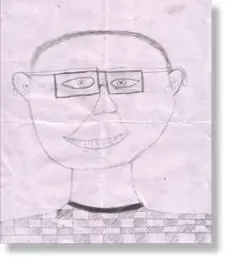
Figure 1-18:Advanced drawing of facial organs
The drawings typically depict complex situations, including copies of diagrams, illustrations and cartoon figures. We see more faces in profile and detached organs (eyes, mouths). The interest in the human body which is typical of these ages will also be seen in the drawings, with methodical attempts to produce accurate anatomic sketches.
Nevertheless, the young realistic artist is often dissatisfied with the final result, seen as a distorted, inaccurate rendering of the landscape, building or human figures. Since there is no clear educational requirement to continue drawing on a daily basis (unlike other skills, such as writing), many children stop drawing at this age and remain at this level as adults, with bad memories from their difficult and exhausting drawing lessons at school.
The Scribbling Stage – More than Meets the Eye
Simple comparison of scribbles made by several children from the same kindergarten will show that they do have some distinct characteristics: some children prefer certain colors and refuse to use all crayons. Some children apply strong pressure, while others do not. Some scribbles are composed mainly of round and spiral movements spread over the entire page area, while others are dominated by broken lines in a limited area.
In order to properly interpret a scribble and explore how the child translates from the sensory modality to the drawing modality, you must gather a considerable amount of information about the child’s graphic language. Most studies on emotional interpretation of children’s drawings begin from that starting point. When we study graphic language we focus on the quality of the pressure produced by the child on the drawing tool and the way the child conducts it on the surface. For example, weak pressure that is not the result of physiological problem may indicate certain inhibitions. Other indicators include the style of the lines (fragile, disjointed, thin or wavy lines, etc.) and the way they cross each other; the general planning of the page; the child’s ability to compose and combine various geometric forms; how he colors and fills in the forms; his attention to detail, etc. The key point of graphic expression is that the pattern of the drawing on the page is affected by the muscular pressure applied to the drawing tool, which is in turn affected by cerebral activity and the child’s inner emotional world.
Читать дальше
